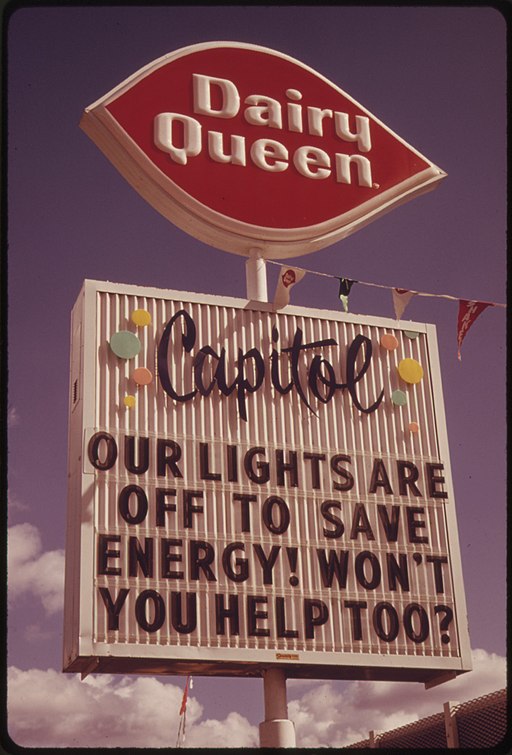The Central Hudson test is the Supreme Court’s test for determining whether a regulation of commercial speech satisfies First Amendment review. It comes from the decision bearing its name, Central Hudson Gas & Elec. Co. v. Public Serv. Comm. of N.Y.
Commercial speech used to receive zero free-speech protection. The Court declared in Valentine v. Chrestensen (1942) that “[w]e are equally clear that the Constitution imposes no such restraint on government as it respects purely commercial advertising.”
Court develops test for valid restrictions on commercial speech
The Court did not overrule this principle until Virginia State Pharmacy Bd. v. Virginia Citizens Consumer Council (1976). In that decision, the Court declared that the old rule was of “doubtful validity” and declared that “the free flow of commercial information is indispensable.”
While the Court recognized that commercial speech received free-speech protection, it did not create a test for evaluating such restrictions. The Court did so in the Central Hudson case, involving the constitutionality of a New York rule banning “promotional advertising” by electrical utilities.
In the decision, Justice Lewis Powell crafted the Central Hudson test, writing:
“At the outset, we must determine whether the expression is protected by the First Amendment. For commercial speech to come within that provision, it at least must concern lawful activity and not be misleading. Next, we ask whether the asserted governmental interest is substantial. If both inquiries yield positive answers, we must determine whether the regulation directly advances the governmental interest asserted, and whether it is not more extensive than necessary to serve that interest.”
Components of Central Hudson test
The Central Hudson test has a threshold prong – does the speech concern lawful activity and is it non-misleading. If it meets these requirements, then there are three other prongs:
- The government must have a substantial interest.
- The regulation must directly and materially advance the government’s substantial interest.
- The regulation must be narrowly tailored.
The Central Hudson test is a form of intermediate scrutiny, as the government only has to put forth a substantial governmental interest, rather than a compelling governmental interest as in a strict scrutiny analysis. Furthermore, the government does not have to justify its regulation as the least speech-restrictive means.
Justices have criticized the test
The Central Hudson test remains the dominant test in commercial speech jurisprudence. However, several justices have criticized it.
Most forcefully, Justice Clarence Thomas called for its abdication in his concurring opinion in 44 Liquormart v. Rhode Island (1996), writing: “In my view, the Central Hudson test asks the courts to weigh incommensurables — the value of knowledge versus the value of ignorance — and to apply contradictory premises — that informed adults are the best judges of their own interests, and that they are not. Rather than continuing to apply a test that makes no sense to me when the asserted state interest is of the type involved here, I would return to the reasoning and holding of Virginia Bd. of Pharmacy.”
In the same decision, Justice Antonin Scalia wrote that he “share[d] Justice Thomas’ discomfort with the Central Hudson test, which seems to me to have nothing more than policy intuition to support it.”
In recent years, the Court has increased free-speech protections for commercial speech in decisions such as 44 Liquormart and more recently in Sorrell v. IMS Health (2011). However, the Central Hudson test has survived and is still good law.
David L. Hudson, Jr. is a law professor at Belmont who publishes widely on First Amendment topics. He is the author of a 12-lecture audio course on the First Amendment entitled Freedom of Speech: Understanding the First Amendment (Now You Know Media, 2018). He also is the author of many First Amendment books, including The First Amendment: Freedom of Speech (Thomson Reuters, 2012) and Freedom of Speech: Documents Decoded (ABC-CLIO, 2017). This article was originally published in 2017.

